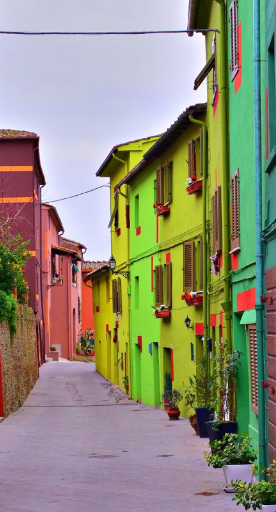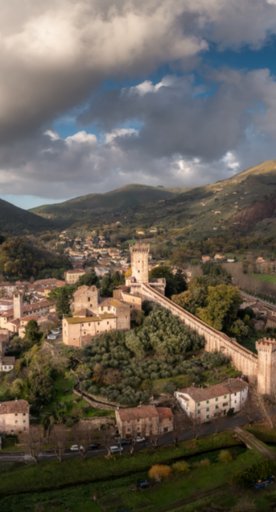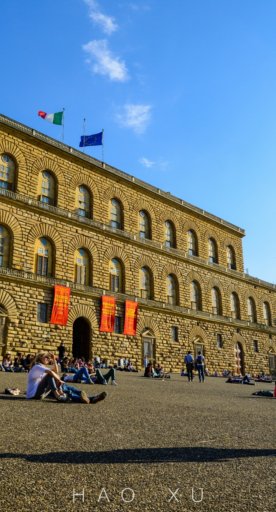

5 unexpected museums in the area around Florence
On display: objects linked to traditions, the passion for collecting and famous people
There is no shortage of museums in the area around Florence, but what we want to do is suggest places to visit where art is not the dominant element. In fact, the museums located in and around Florence are focused on very varied and intriguing areas of interest.
Want to find out about them?
-
1.Gino Bartali Cycling Museum
-
2.Missionary Museum of Ethnology
-
3.Museum of Vine and Wine
-
4.Enrico Caruso Museum
-
5.Museum of the Historical Figurine
Gino Bartali Cycling Museum

The spaces in which the museum has been set up are in Ponte a Ema (a hamlet of Bagno a Ripoli), a municipality south of Florence, where Gino Bartali, also known as "Ginettaccio", was born and lived. The museum is organized into various sections celebrating the figure of Gino Bartali, a champion many times over, 50 times the winner of the pink jersey at the Giro d'Italia and also a person with high moral values and humanity: 13 years after his death in 2013, he was declared 'Righteous among the Nations' by Yad Vashem, Israel’s official memorial to the victims of the Holocaust.
His bicycles are also on display, along with velocipedes and bicycles of other famous people. One room is dedicated to viewing films that immortalize his memorable victories.
The museum is part of the Florentine Civic Museums.
Missionary Museum of Ethnology

On the hill of San Francesco, above the main square in Fiesole, stands the Franciscan convent and, inside the convent of the Friars Minor, there is an unusual museum, called the Franciscan Missionary Museum.
As well as the beauty of the place, an ancient monastery with cloisters and small rooms, it is surprising to see the variety of objects on display that used to arrive on the hill of Fiesole from various parts of the world, where the friars would go on missions.
Among the everyday objects, liturgical objects and Egyptian artifacts (there is even a mummy), the spirit of the museum is to arouse visitors' interest in learning about the life and customs of distant peoples.
Museum of Vine and Wine

In the little town of Rufina, completely surrounded by wineries, the Museum of Vine and Wine is located inside Villa Poggio Reale - how could it be otherwise?
4 rooms in which past and present production, techniques and vessels for processing and storing wine are illustrated, along with the wagon used for carrying the wicker wine bottles all the way to Florence (the so-called Carro matto (Crazy Wagon), a tradition that is still alive today).
A journey into the past that ends, thanks to the wine shop, with a very concrete action: the tasting of that nectar, the processing of which has been handed down, with art and passion, to the present day.
Enrico Caruso Museum

In a splendid location in the hills above Lastra a Signa stands Villa Caruso Bellosguardo. It was chosen, renovated and elected as a love nest by Neapolitan-born tenor Enrico Caruso in 1906.
Inside the villa, there is an interesting museum dedicated to this great tenor and his dazzling career. He was the first true international artist who recorded records and sang on stages all over the world.
The museum is designed to facilitate a real encounter with the artist, by listening to his recorded voice, admiring his stage costumes and sketches, as well as objects personally chosen to furnish what was to be his little palace.
The museum makes use of interactive multimedia devices.
Museum of the Historical Figurine

In the upper part of Calenzano, inside the oldest part of the castle, there is a small yet great museum devoted entirely to historical toy soldiers and figurines.
If your heart pounds when you think about the games you played as a child, this is the place to be. Large models conjure up historic battles, with figurines made of various materials (from lead, tin and paper-mâché to plastic). The toy soldiers on display here cover the entire history of mankind, from the Assyrians to the Second World War.
The museum also has a more educational part, with workshops and themed animated visits, for schools and families.
















































































